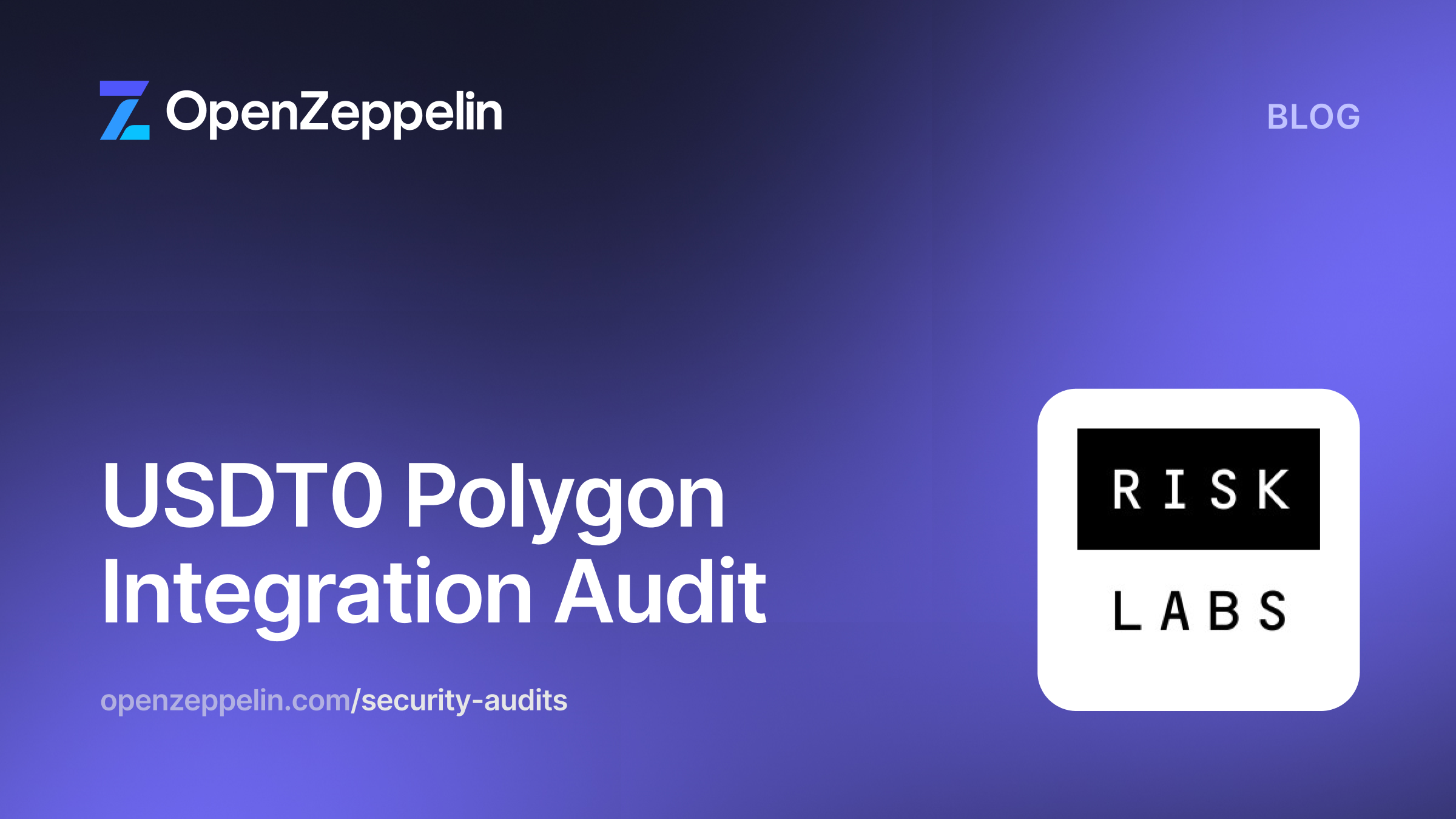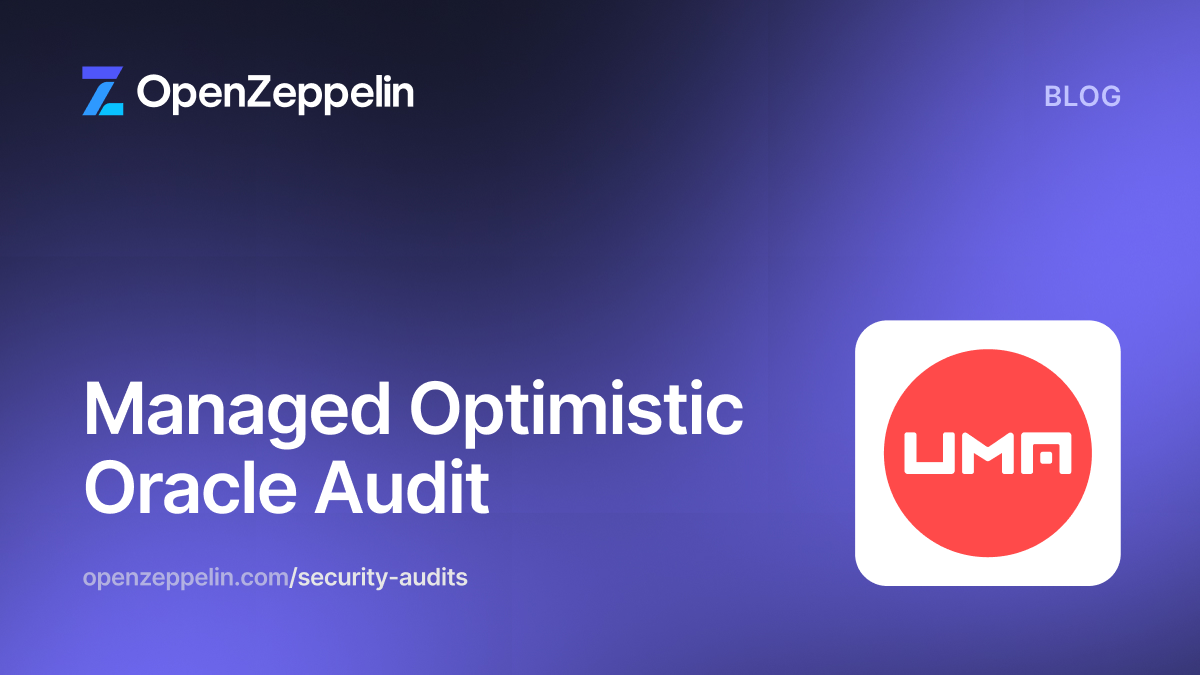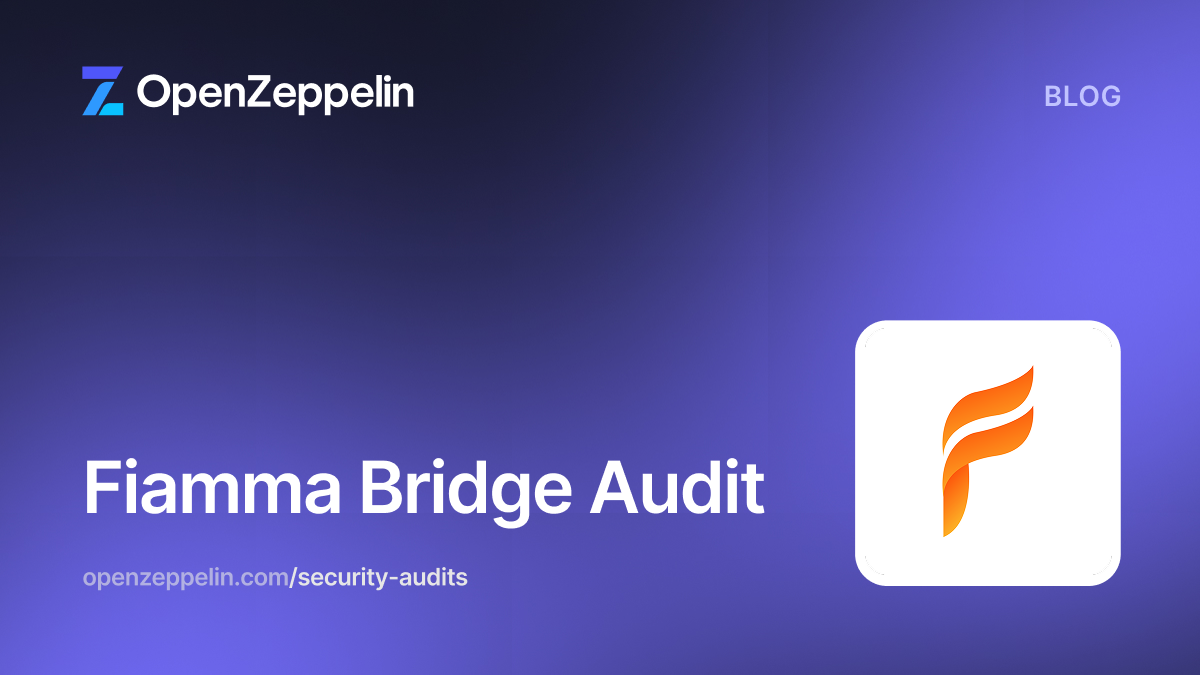The Qiibee team asked us to review and audit their QBX Token contracts. We looked at the code and now, publish our results.
The audited code is located in the qiibee/qb-contracts repository. The version used for this report is commit d40368c9a7a536572a5bb03cb031d658ccb34f24. We restricted our audit only to the following contracts: MigrationAgent, QiibeePresale and QiibeeToken.
Here is our assessment and recommendations, in order of importance.
Update: The Qiibee team has followed the majority of our recommendations and updated the contracts. The new version is at commit 25efdbf5bc29de12a724450c540218f6c8e59129.
Critical Severity
Tokens burning breaks MigrationAgent contract
Tokens burning after the deployment of the MigrationAgent creates a discrepancy between tokenSupply defined in the token and the migration contract, which will irreversibly break the MigrationAgent. Once the MigrationAgent contract is deployed, it defines tokenSupply to match the current state of qbxSourceToken. However, when the supply of the source token decreases after burning, the tokenSupply variable is not updated causing invariants checks to fail. MigrationAgent may be corrupted by any token holder as the access to the burn function is not restricted.
Consider restricting the access to the burn function solely to the QiibeeToken owner. If this solution cannot be implemented, we suggest updating tokenSupply variable of after every burn operation as an alternative.
Update: Fixed in this commit by both restricting the access to the burn function and counting the burntTokens, so the MigrationAgent can updateSupply.
Migration bypasses vesting restrictions
All of the users are allowed to migrate their tokens to a new contract regardless of whether their assets are fully transferable or locked in a vesting scheme. Moreover, once they migrate the tokens any vesting restrictions are removed.
We recommend only allowing transferableTokens to be available for migrations. An alternative solution is to implement a new migateVestedTokens function that will copy the vesting configuration to the migration target contract.
Update: Fixed in this commit by checking if the amount of tokens is within the transferableTokens limit at the moment of migration.
High Severity
Token minting is not synchronized with MigrationAgent
Token minting leads to an inconsistent state as the MigrationAgent tokenSupply is never increased after being set in the constructor. The discrepancy between the QiibeeToken and the MigrationAgent states, breaks the safetyInvariantCheck and corrupts the migration process.
We suggest enforcing that the token has finalized the minitingby adding the check require(_qbxSourceToken.mintingFinished) in line 21 of the MigrationAgent. If the team wants to continue the minting after the migration is deployed we recommend increasing the tokenSupply by the amount of newly created tokens.
Update: Fixed in this commit by tracking newTokens and updating the MigrationAgent state in the updateSupply function.
Medium Severity
Unchecked math operations
There are three unchecked math operations inside the migration function in lines 114–116 . It’s always better to be safe and perform operations with correctness assertions.
Consider rigorously checking for under and overflows for all of the arithmetic operations. We recommend using the SafeMath library from OpenZeppelin.
Update: Fixed in this commit.
Constant names incompatible with the ERC20 standard
QiibeeToken declares the obligatory ERC20 standard parameters as uppercase constants: SYMBOL, NAME, DECIMALS. This conflicts with the official specification that requires the names to be lowercase: symbol, name, decimals.
Consider renaming constants to lowercase, so they are compliant with the official ERC20 standard.
Update: Fixed in this commit.
Low Severity
Vesting logic implemented directly in the token contract
The vesting logic is currently implemented in the QiibeeToken in the form of a base VestedToken contract. These features are going to be used by a limited number of buyers and for a restricted amount of time only. Having complex logic included directly in the token contract may not only cause compatibility issues with blockchain explorers and exchanges, but it may also increase the potential attack surface.
We would suggest extracting the vesting logic into a separate contract as implemented in the OpenZeppelin pull request.
Update: The Qiibee team explained, that because of legal matters, they prefer to keep both functionalities within a single contract that controls token issuance.
Validate MigrationAgent setting
The setMigrationAgent function from QiibeeToken does not check if the agent.qbxSourceToken matches the address of the contract from which the function is executed. Linking to a MigrationAgent that was configured to work with a different token may corrupt the migration process.
We recommend checking the precondition require(_agent.qbxSourceToken == address(this)) in line 102 to avoid being in an inconsistent state.
Update: Fixed in this commit.
Missing full sanity checks on adding accredited investors
It is possible to addAccreditedInvestor with minInvest being greater than maxCumulativeInvest. Although this configuration will be recorded properly, it will throw an exception on line 92 of the buyTokens function, therefore preventing the investor to take a part into the sale.
We recommend adding an extra precondition require( minInvest <= maxCumulativeInvest) in line 119 so any potential errors are detected as early as possible.
Update: Fixed in this commit.
Notes & Additional Information
- We suggest adding timezone information to the date description: start time for vested tokens (equiv. to 30/06/2018). (Update: fixed in this commit.)
- Consider emitting an event similar to the
NewTokenGrantfrom the_VestedTokenbase contract, once the tokens are minted for vesting. (Update: fixed in this commit.) - There is a
TODOcomment left in the code: “is there any way to properly check this?. Please make sure that all of the outstanding questions are resolved before deploying the code in the production mode. (Update: fixed in this commit.) QiibeeTokeninherits from aBurnableTokenwhich provides aburnfunction allowing anyone to burn a certain token amount, destroying them and reducingtotalSupply. Please make sure this is expected, or consider making theburnfunction only callable from theQiibeeaddress. Note that any ERC20 token allows owners to burn tokens by transferring them to the zero address or any random one, but this does not modify thetotalSupply. (Update: fixed in this commit.)- There is a typo in the
QiibeePresale, it says “Call only be called” where it should say “Can only be called”. (Update: fixed in this commit.) - Consider using the
hasEndedfunction instead of duplicating the logic inafterFundraisingmodifier body. (Update: fixed in this commit.) - We recommend setting the token address in the
QiibeePresaleconstructor ,mitigating the risk that thesetTokenfunction may not be called before the sale starts. (Update: fixed in this commit.)
Conclusion
Two critical severity issues and one high severity issue were found and explained, along with recommendations on how to fix them. Some changes were proposed to follow best practices and reduce potential attack surface.
Note that as of the date of publishing, the above review reflects the current understanding of known security patterns as they relate to the QBX Tokencontracts. We have not reviewed the related Qiibee project. The above should not be construed as investment advice. For general information about smart contract security, check out our thoughts here.


